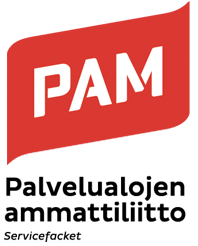Productivity
Updated: 13.05.2019
‘Productivity’ tells us how much value added is created per one hour of work. Value added is what you get when you deduct the value of raw materials from finished goods.
The video clip below explains productivity using a restaurant as an example.
A restaurant can be used as an example of production. It takes in raw ingredients and semi-finished products, such as peeled potatoes, as inputs. Its various dishes are what it turns out in the form of production outputs.
The difference between production outputs and raw materials is called value added. It’s fairly close to the profit of this restaurant. Productivity, in turn, is calculated by dividing value added by hours worked.
If people can create more value added in one hour of work, productivity increases.
Productivity can typically be improved through better equipment and more highly skilled employees. By way of example, a restaurant can improve its productivity through better training, orientation, practices or appliances.
Conversely, increasing the number of hours worked – i.e. extending working hours – does not increase productivity.


